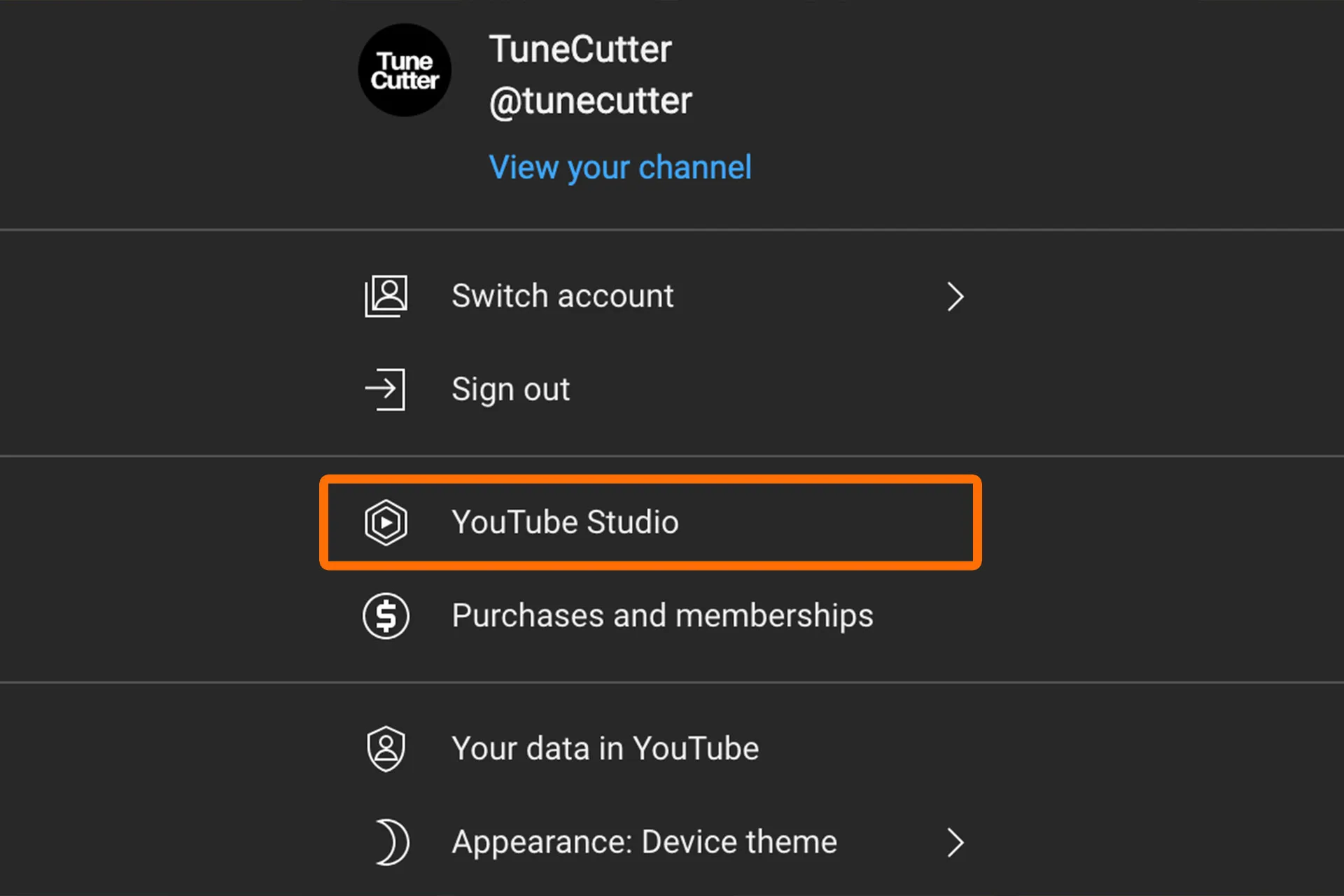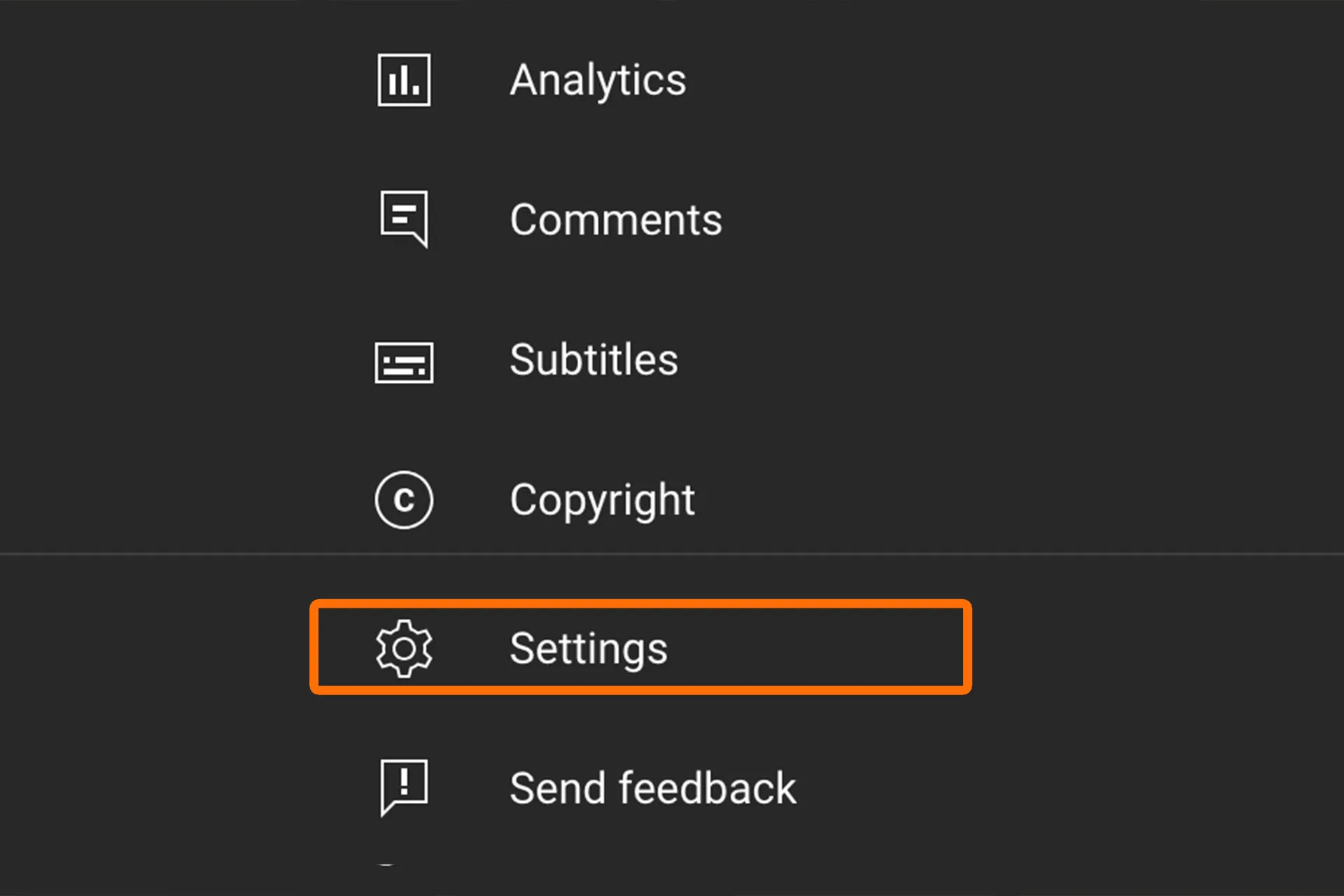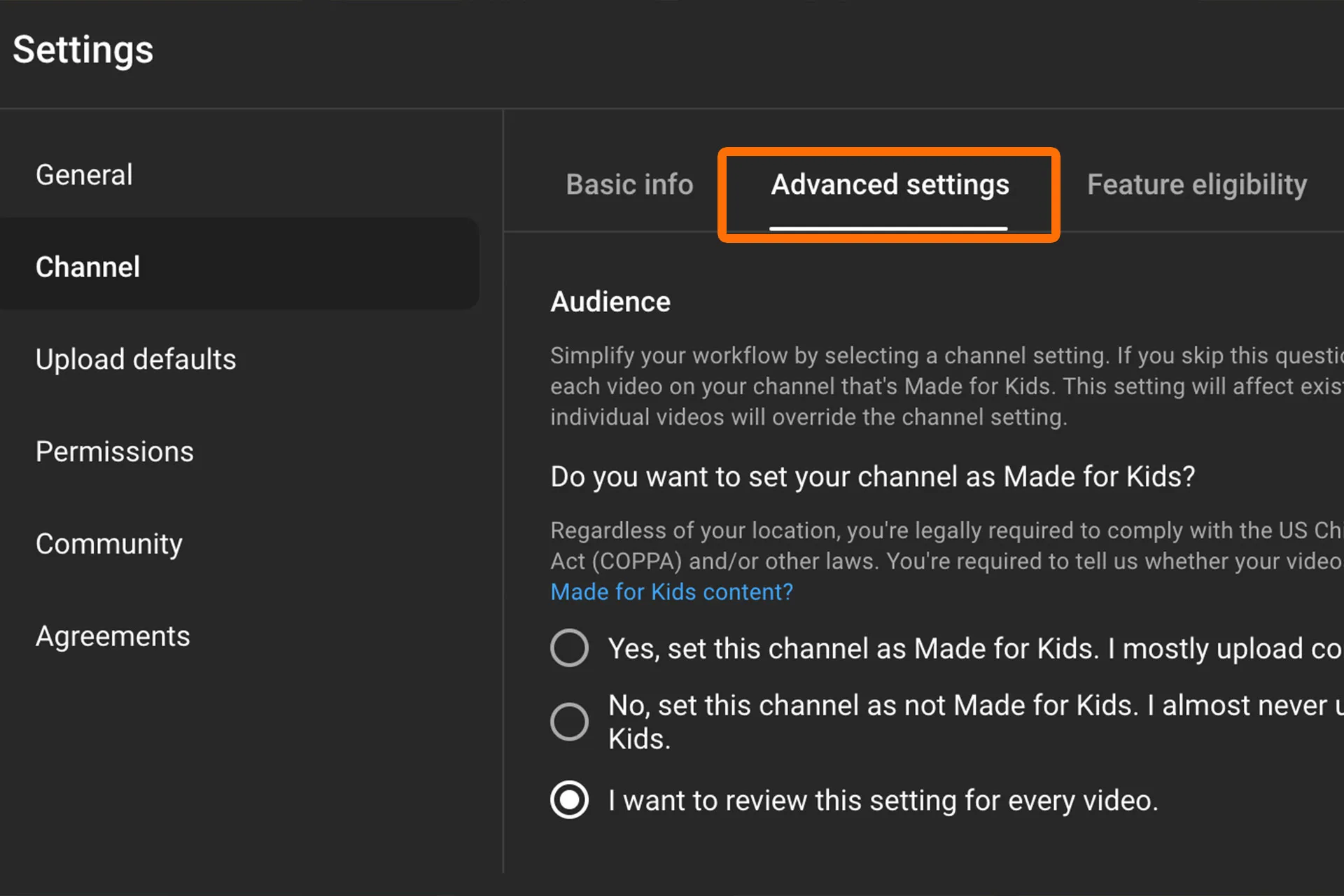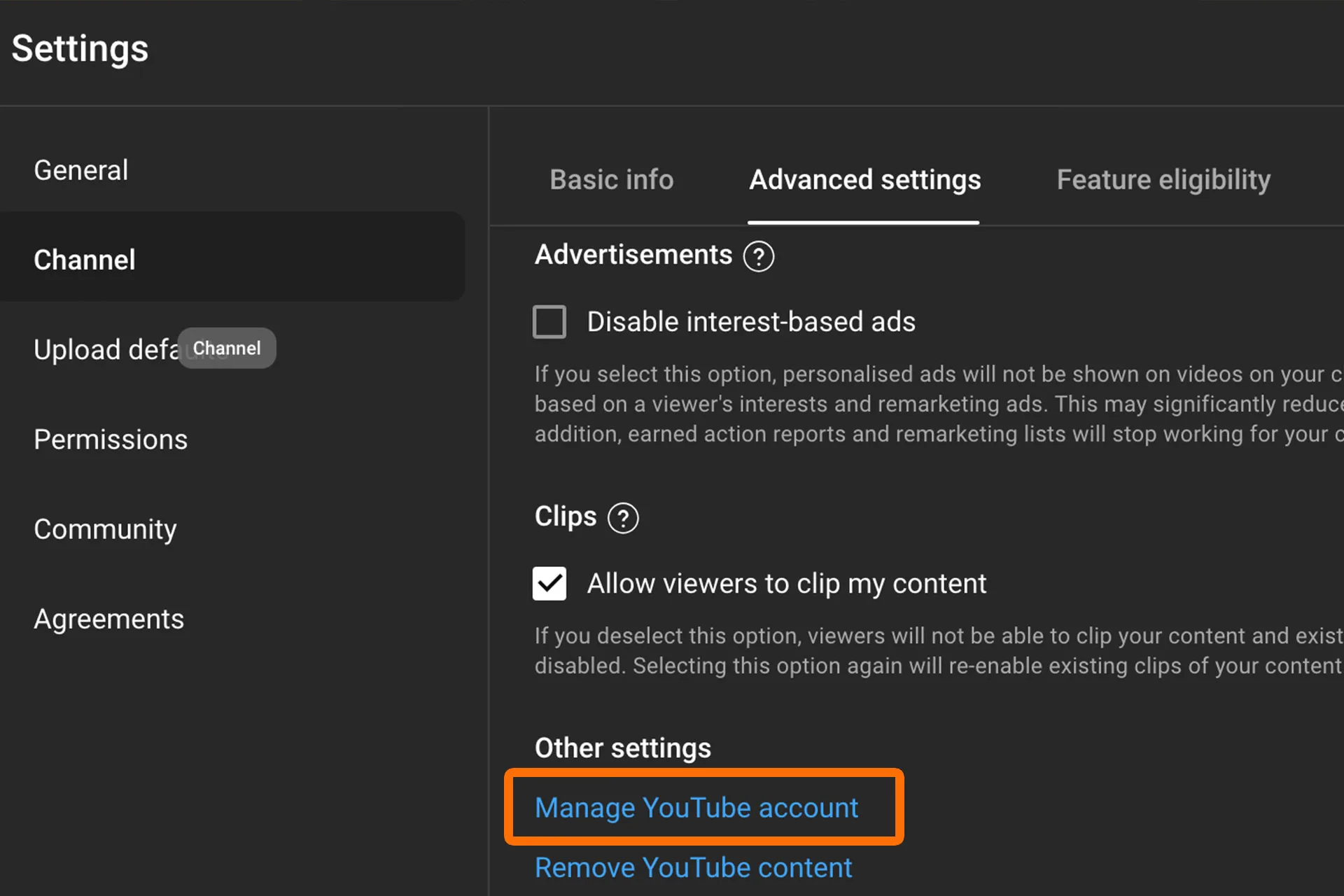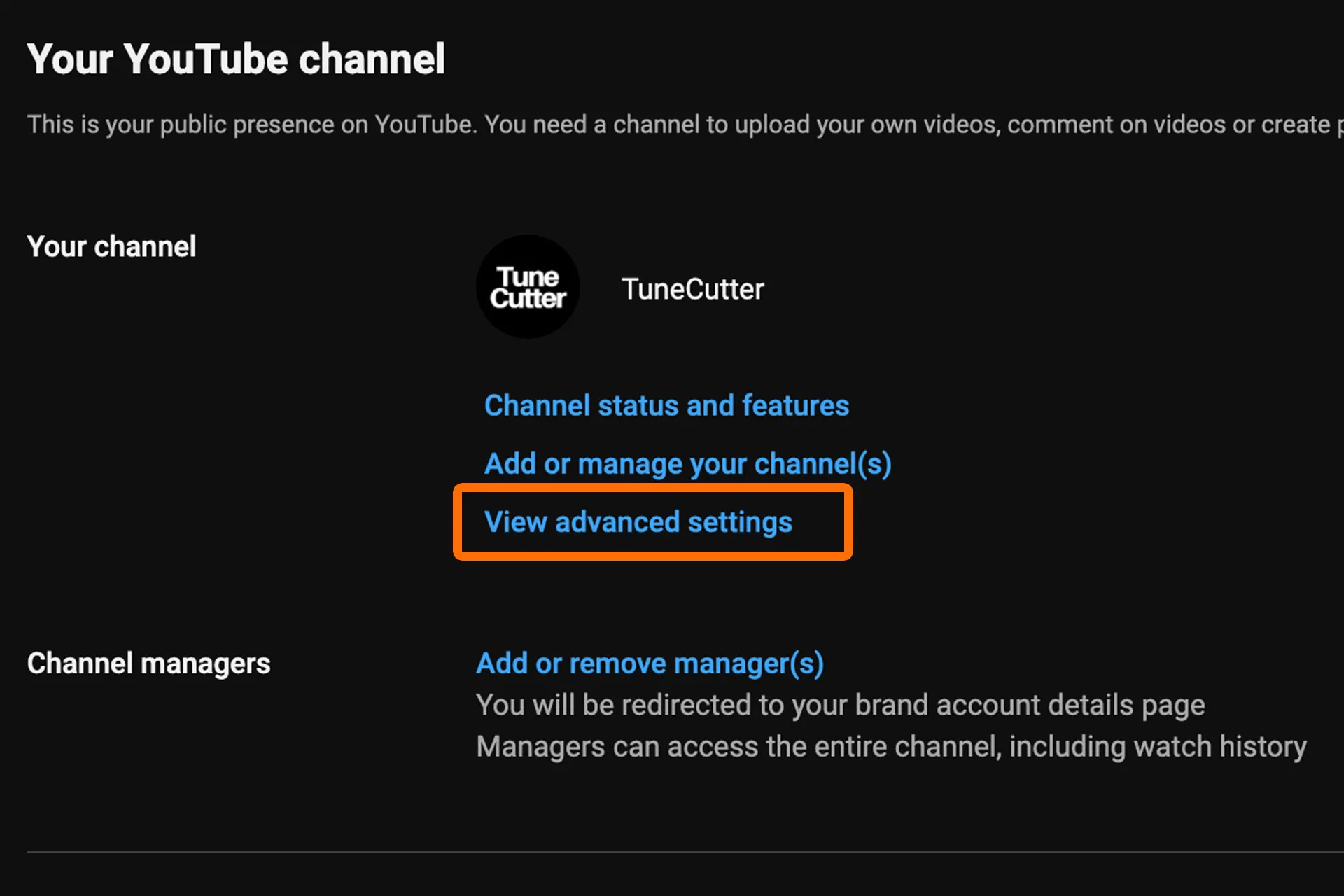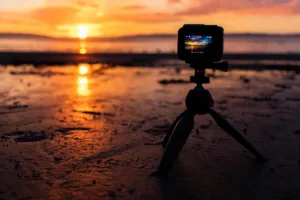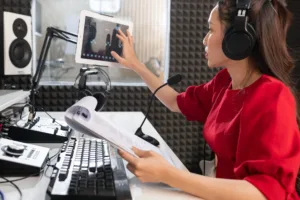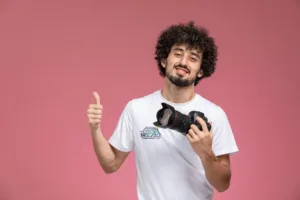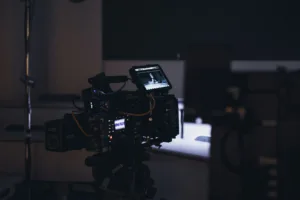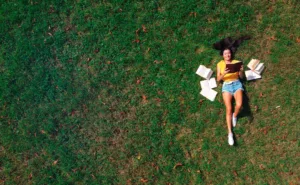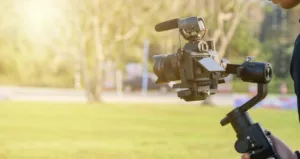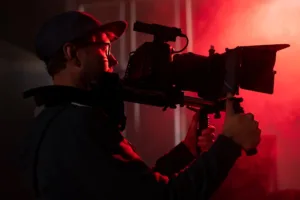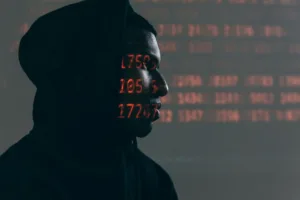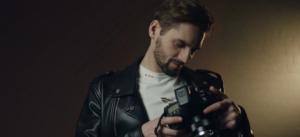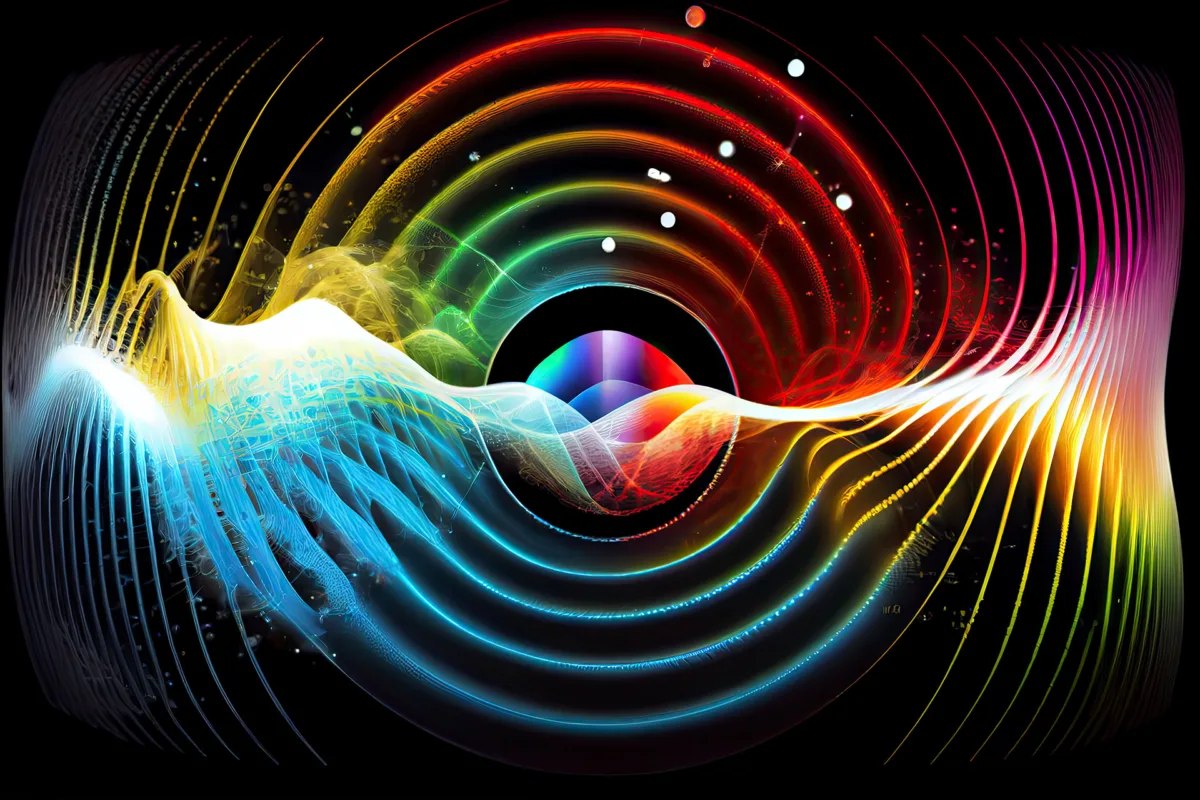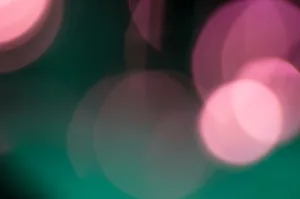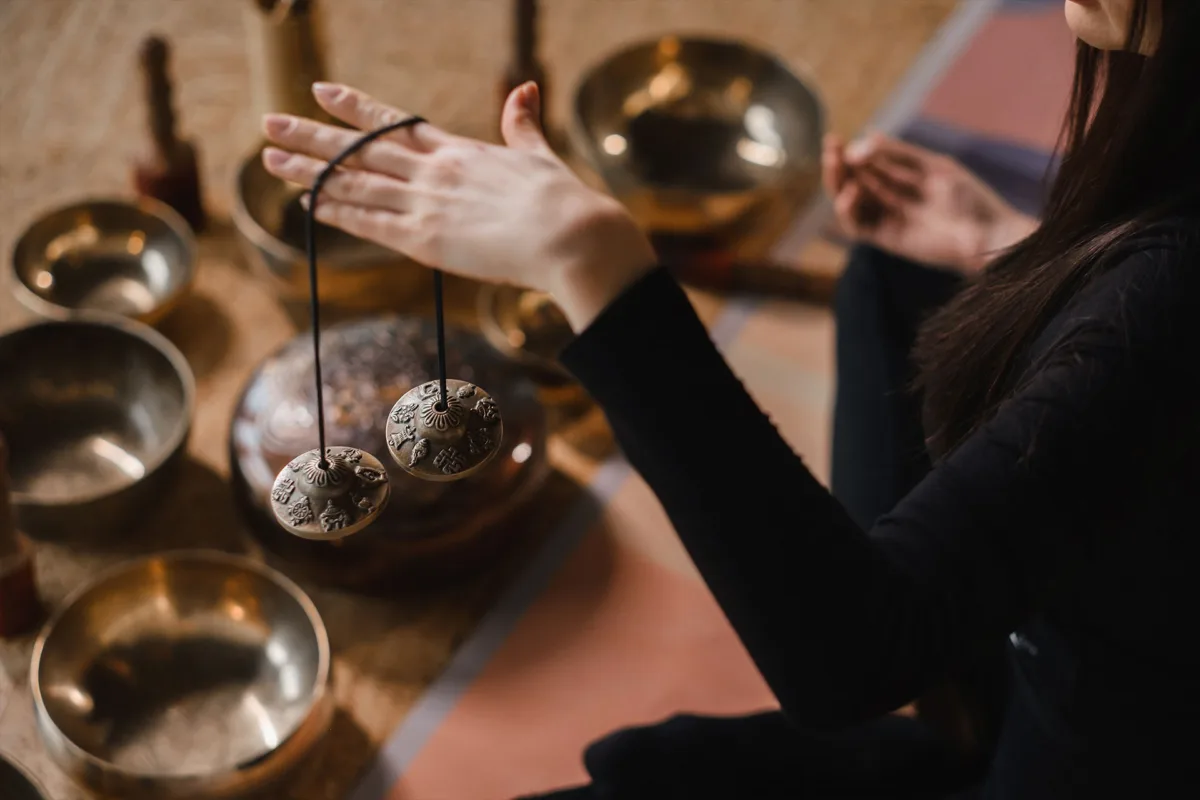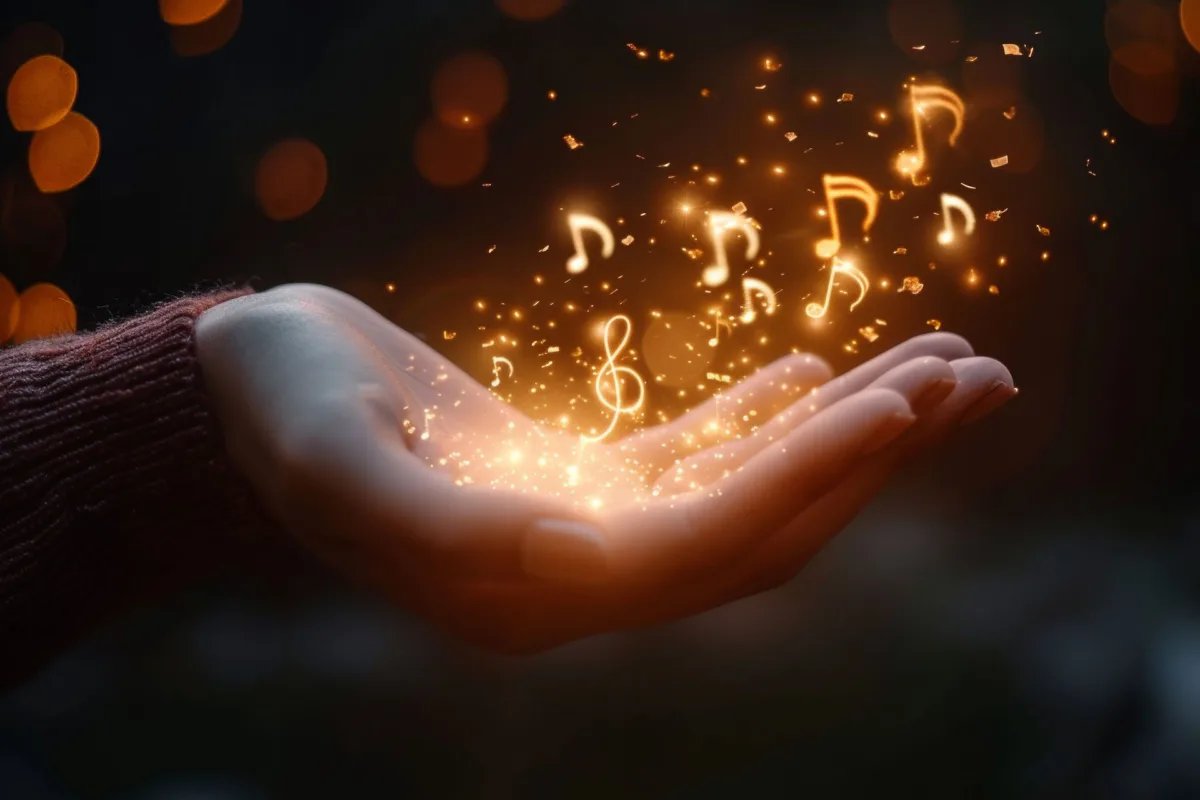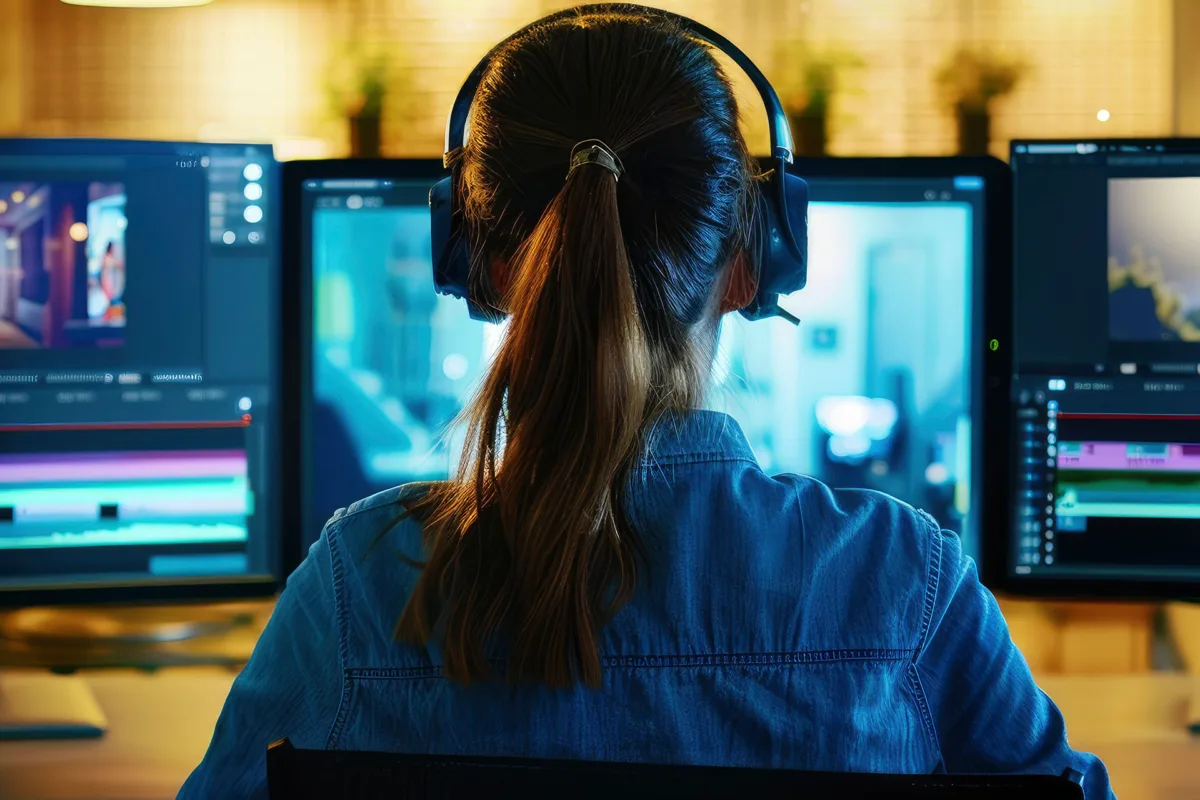The Lord of the Rings: The Fellowship of the Ring – Howard Shore
Transport yourself to Middle-earth with Howard Shore’s masterful score. Every note captures the grandeur of Tolkien’s universe, from the serene beauty of The Shire to the heart-racing urgency of battle. This soundtrack is the gold standard for epic fantasy.
🎵 Get the Vibe: Want that sweeping, majestic fantasy feel? Try a royalty-free track with orchestral swells and ethereal tones.
Star Wars: A New Hope – John Williams
Who can forget the triumphant opening crawl? John Williams didn’t just compose a soundtrack—he created a legacy. The powerful brass fanfare and emotional themes redefine cinematic music, making Star Wars timeless.
🎵 Channel the Energy: For that heroic, space-faring vibe, look for tracks with bold brass sections and energetic rhythms.
Inception – Hans Zimmer
Zimmer’s Inception score bends time and sound with its deep, resonating tones and intricate melodies. Tracks like “Time” evoke tension, mystery, and a surreal sense of wonder.
🎵 Recreate the Suspense: Use music with low, booming bass and minimalist yet complex melodies for an intense, Zimmer-like edge.
Gladiator – Hans Zimmer
Are you not entertained? Zimmer’s Gladiator soundtrack marries raw emotion with dramatic battle anthems. Pieces like “Now We Are Free” transport you to ancient Rome with unmatched depth.
🎵 Achieve the Drama: For that cinematic grandeur, choose tracks with layered orchestration and emotive crescendos.
The Dark Knight – Hans Zimmer & James Newton Howard
The brooding tones of The Dark Knight perfectly capture Gotham’s grit. Zimmer and Howard blend intense percussion with haunting melodies, creating a soundtrack as complex as its characters.
🎵 Embrace the Mood: Need a dark, edgy soundscape? Opt for tracks with moody strings and relentless rhythmic intensity.
Jurassic Park – John Williams
Few soundtracks evoke wonder like Jurassic Park. Its soaring main theme captures both the awe of discovery and the danger of untamed nature.
🎵 Create Wonder: Add a sense of grandeur and adventure to your project with sweeping strings and majestic orchestral arrangements.
Pirates of the Caribbean – Klaus Badelt & Hans Zimmer
The rousing energy of Pirates of the Caribbean screams adventure. Tracks like “He’s a Pirate” make you feel the salty breeze and cannon blasts of the high seas.
🎵 Set Sail: Use bold, rhythmic compositions to bring a sense of daring and excitement to your work.
Braveheart – James Horner
Horner’s Braveheart score speaks to the soul with its evocative use of bagpipes and Celtic melodies. It’s a soundtrack of freedom, sacrifice, and unyielding emotion.
🎵 Capture the Spirit: Seek tracks with traditional instruments and emotional swells to evoke raw, heartfelt power.
Interstellar – Hans Zimmer
Zimmer’s Interstellar score blends minimalism with cosmic grandeur. The use of a church organ in tracks like “Cornfield Chase” delivers a unique mix of intimacy and vastness.
🎵 Reach for the Stars: Look for tracks with ambient tones and layered harmonics to add depth and space to your project.
The Avengers – Alan Silvestri
Silvestri’s heroic themes for The Avengers pump audiences up with their triumphant tones. It’s the ultimate soundtrack for assembling heroes and inspiring action.
🎵 Be the Hero: For an epic, uplifting sound, opt for bold, orchestral tracks with soaring brass and driving percussion.
Bonus: Spooky Soundtracks for Halloween
Want to set the mood for chills and thrills? These two iconic Halloween tracks are perfect for eerie, suspense-filled content.
Halloween (1978) – John Carpenter
Carpenter’s minimalist piano theme is a masterclass in horror, sending shivers down spines for decades.
🎵 Creep It Up: Use simple, haunting melodies and ambient effects for a spine-chilling atmosphere.
“This is Halloween” – Danny Elfman
Elfman’s whimsical yet eerie tune for The Nightmare Before Christmas is a quirky anthem that perfectly blends fun and fright.
🎵 Add Quirk: Try carnival-style orchestration with a gothic twist to channel Elfman’s unique energy.
Ready to Create Your Own Epic Soundtrack?
At TuneCutter, we’ve curated royalty-free music that captures the magic of cinema. Whether you’re creating videos, podcasts, or games, our tracks help you craft unforgettable moments.
🎧 Explore Our Playlist: Check out our handpicked collection of epic cinematic tracks and start your next masterpiece today!
FAQs About Epic Movie Soundtracks and Recreating Their Magic
What makes a movie soundtrack epic?
An epic movie soundtrack combines powerful melodies, dynamic orchestration, and emotional depth. It enhances the storytelling, complements the visuals, and stays memorable long after the movie ends. Tracks often feature sweeping strings, bold brass, or innovative sound design to evoke awe and emotion.
Can I legally use famous movie soundtracks in my projects?
No, most famous movie soundtracks are copyrighted and cannot be used without permission. However, you can use royalty-free music inspired by iconic scores, like those available at TuneCutter, to capture a similar vibe legally.
How can I choose the right soundtrack for my project?
Start by considering the tone and mood of your content. For action-packed scenes, opt for dynamic, high-energy tracks. If you’re aiming for emotional depth, use softer, orchestral compositions. Ensure the music aligns with the story you’re telling to create maximum impact.
What instruments are commonly used in epic soundtracks?
Epic soundtracks often feature a combination of orchestral elements like strings, brass, and percussion. Instruments like violins, cellos, French horns, timpani, and synthesizers are frequently used to create a dramatic, immersive effect.
Can I create my own cinematic soundtrack?
Absolutely! Tools like digital audio workstations (DAWs) and royalty-free sample libraries allow you to craft your own soundscapes. If you’re not musically inclined, you can find ready-made royalty-free tracks to match your needs.
Where can I find royalty-free music for my projects?
You can find royalty-free music at platforms like TuneCutter, where tracks are inspired by the greatest cinematic scores. These tracks are designed for video creators, podcasters, and game developers looking to elevate their projects with professional sound.
